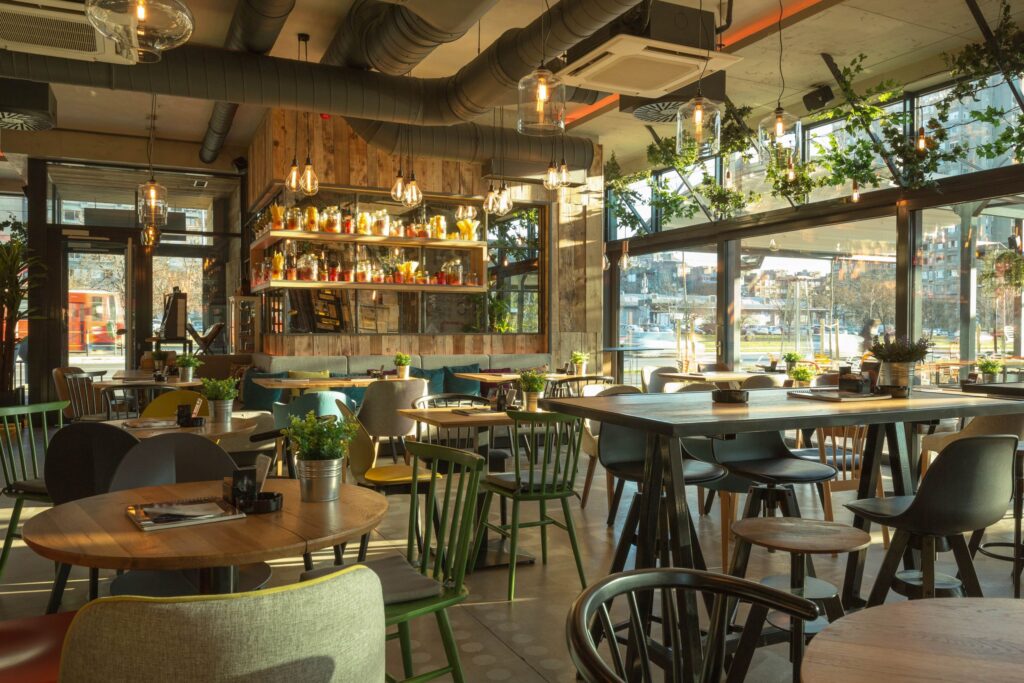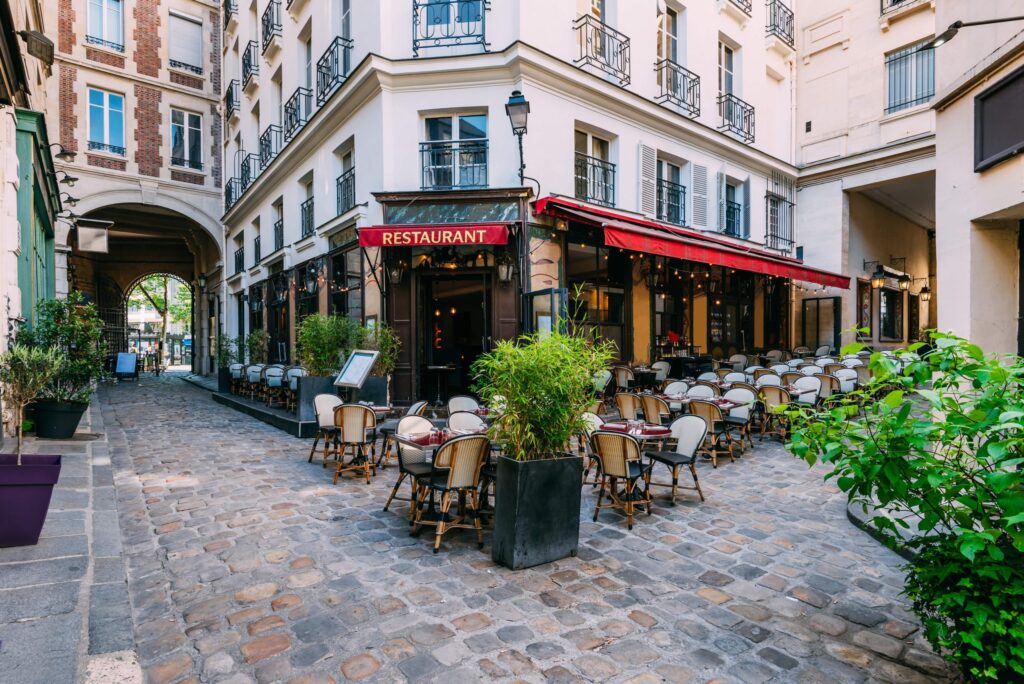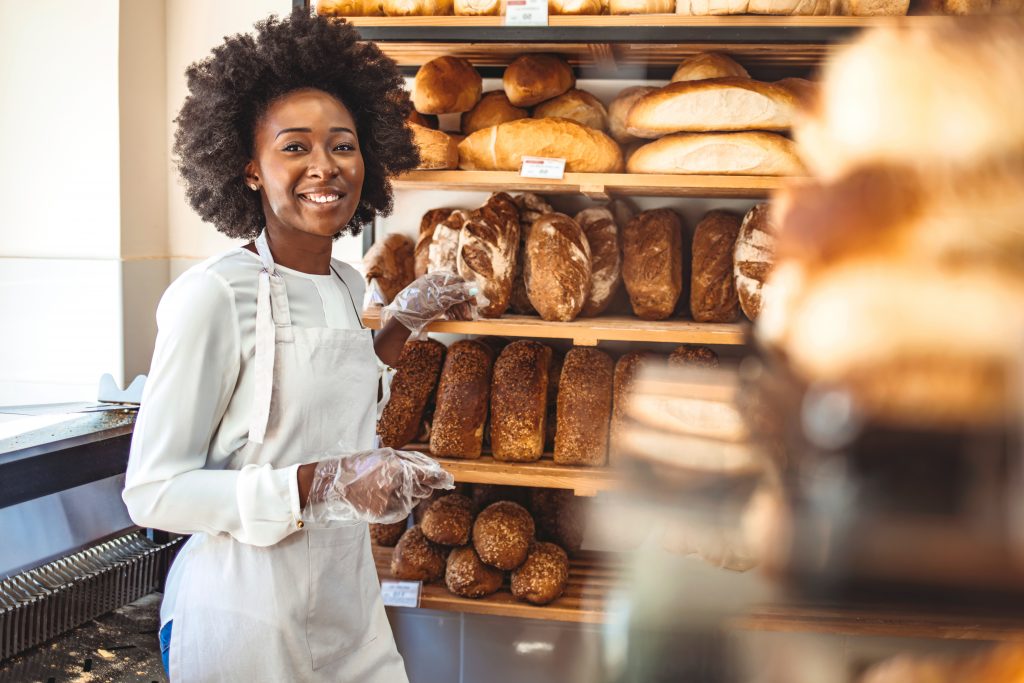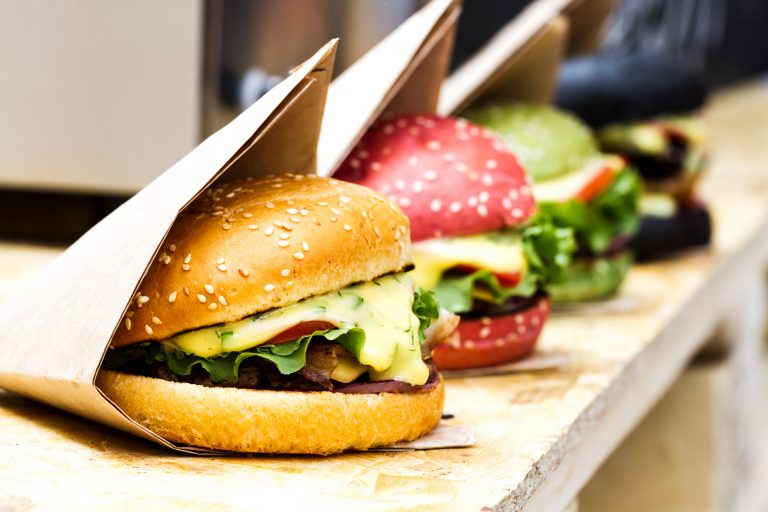This article follows on from our last article on the 3 main steps to setting up a restaurant. We will continue with topics such as operations management. Next, we’ll look at human resources and, above all, what kind of skills your future restaurant will need. Finally, we’ll talk about your financial plan. Your financial plan, which will help you better control your project costs and evaluate your sales potential over a given period of time. So let’s take a look at the various stages involved in starting up your restaurant.
Operations management
As regards the operations management section, there are a number of points we’ll be taking on board. We can talk about your equipment. You’ll need to decide what equipment you’ll need to run your future restaurant. Don’t forget that your equipment is linked to the production of your recipes. They do depend on the type of recipes you produce. So be careful not to buy equipment that won’t be profitable for your restaurant. You’re not going to buy equipment that will only be used to produce one recipe. You should try to get the best possible return on your investment.
Likewise, if you decide to buy a piece of equipment and you only need it for one hour a day, it’s not very cost-effective. Look for equipment that will enable you to prepare different recipes. Your equipment will be even more profitable. Purchasing professional kitchen equipment can be a heavy budget when starting up your restaurant. In fact, this is the second-largest budget after construction. That’s why you need to think about what kind of equipment you’ll need to produce your recipes and serve your customers well.
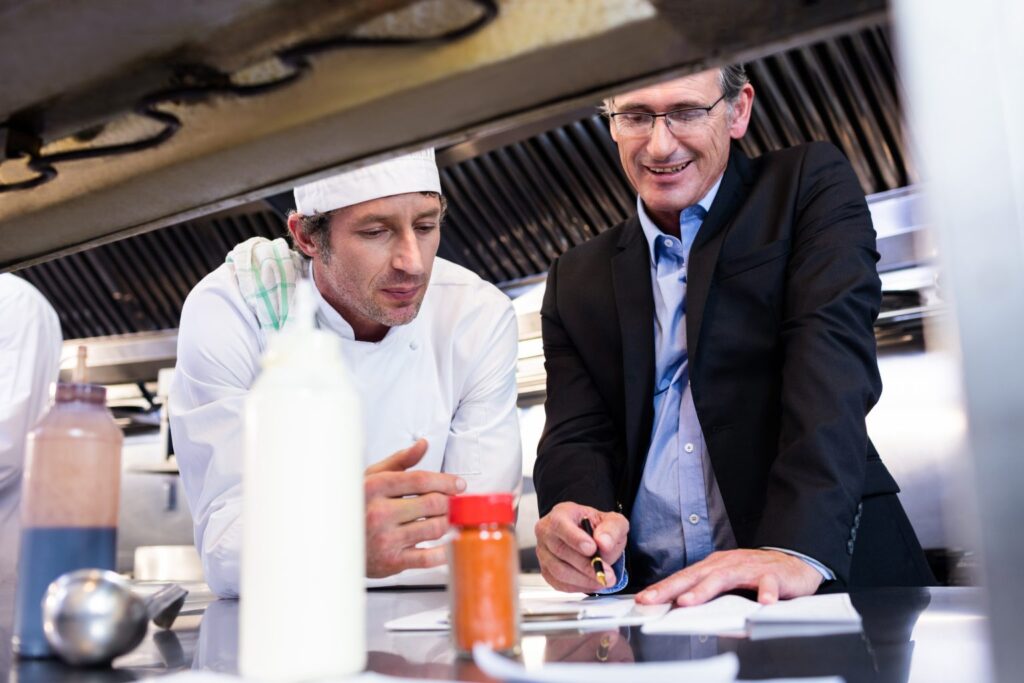
Your food suppliers
The other part deals with the management of operations concerning the choice of your various suppliers. There are two main categories of supplier. The first concerns your food suppliers. You’ll need to choose your food suppliers according to your recipes. The choice of these food suppliers can be based on a number of criteria. Like the specific type of product you need. This may be in connection with a local supplier. It may be a type of organically grown product. Other criteria may relate to delivery times. Can the supplier deliver within 24 hours?
The criterion could be based on delivery costs. Will you be charged for delivery? Will your supplier ask you to place a minimum order? Each supplier has its own criteria that you should be aware of before you start your business. When dealing with a food supplier for the first time, you may be asked to pay cash on delivery for your first orders. This means you’ll need working capital to be able to pay your invoices on receipt.
Take the time to research each of your future suppliers according to the foods and/or food categories you’re going to need. Don’t forget to consider administrative criteria such as delivery charges, minimum order value and more.
Service providers
Alongside our food suppliers are our service providers. You’ll have different service needs. We can mention insurance, alarm systems, hood cleaning, grease traps, winter carpet cleaning and window washing. We can mention a supplier for the maintenance and repair of your equipment and more. You’ll need to research the services you require.
Permits: your 3 main steps to setting up a restaurant (2)
In the operations management section, you’ll find the permits section. Permits are important, as they are the authorizations that will enable you to operate the business activity you wish to pursue. There are several types of permit you’ll need to obtain. These include the certificate of commercial occupancy. It allows you to carry on business at the designated location. You can obtain this permit from the Mairie of the district where you will be carrying out your commercial activity. There’s also a sign permit that allows you to display your restaurant’s business name on your facade. Regulations may differ from one borough to another. They can also be different from one street to another, depending on the character of the street, historical for example. There is, of course, the terrace permit. Provided your restaurant can obtain authorization for a terrace.
It can also be a conversion permit. That is, if you are going to make any improvements to the interior of your premises. You’ll need a conversion permit. The most important are the MAPAQ permits. This is the license that will enable you to carry out your culinary production activity. Go to the MAPAQ website to learn about the different types of permits. If you want to play music in your restaurant, you’ll need a SOCAN permit. The license allows us to remunerate authors’ rights. You can go directly to the SOCAN website to find out what type of permit you’ll need. There are other types of license, of course, such as a liquor license, which can be very important for your business and the profitability of your restaurant. You may need other permits, depending on the activity.
These are the broad outlines for operations management. There are many other details we could go into, which we’ll be happy to do later.
HUMAN RESOURCES
Human resources are essential to the success of your future restaurant concept. It’s important to know what kind of people skills you need to drive your business forward. Because that’s what it’s all about. Move your business forward. That’s all that matters. It’s also a reflection on the human architecture of the different types of positions and functions within your restaurant. You may well decide to go ahead with a more traditional scheme that we’ve been familiar with for many years, or look ahead and innovate. You’re going to innovate in terms of the type of position and function to help your restaurant last.

Human resources, an investment
Whatever people may say, human resources are an investment, not a cost. You need your human resources to run your business. It’s an investment that has to be made for your business to exist. Question, does your restaurant absolutely need a manager? Wouldn’t it be more interesting to recruit a sales manager who would be responsible for developing the customer base? He would also be in charge of attracting customers, creating marketing strategies and social media. You’ll have someone here full-time to help you generate traffic for your restaurant. Because we know you won’t have time to do it. Managing and administering your restaurant will take up a lot of your time, in addition to your work in the field. It’s very difficult to devote full time to developing your customer base.
A restaurant that fails to develop its customer base is doomed to failure in the short to medium term.
Benefits program
You may want to consider an employee benefits program. A benefits package that could compensate for an hourly rate that’s perhaps a little lower than average. The benefits can be of various kinds. For example, if you have an employee who takes the bus, you may well decide to offer to pay for his or her bus pass. It can also be a percentage of a sales level achieved.
It’s a way of motivating your employees to learn more about your products and services, so you can promote them to your customers. It’s also a way of building customer loyalty. It can also be an insurance program. You may decide to offer a discount on meals. There are many ways to create a benefits program to avoid employee turnover. Your goal is to build a team capable of driving your restaurant forward.
Of course, you don’t have to hand over all these benefits when you hire your employee. I suggest a gradual gradation over time. This will show you how motivated your employees are. Once again, the important thing is to think about your business. You know you can’t do it alone. It’s just not possible. Success in our type of business means knowing how to delegate. The more you delegate, the better you’ll be able to manage your business.
3 main steps to create and start a restaurant : The financial plan
The financial plan is a major factor in setting up your restaurant. This will enable us to learn in detail about several aspects of the financial arrangements for setting up your restaurant. As part of your financial plan, you’ll draw up your sales forecasts for the next 3 years. You’ll need to calculate the various operating costs that your restaurant will have to deal with. You’ll need to estimate seasonal variability, which is an important factor in our business and can affect or benefit your sales. In the end, your financial plan will also enable you to propose it to financial institutions and the like, so that you can obtain the financing you need to set up your business.

Project cost
The cost of the project is the first thing you’ll work on. Most of the information will correlate with that in your business plan. This part could be divided into three segments. You’ll have your start-up costs. You have the immobilization part. Thirdly, your sources of funding. It’s important to know the cost of your project, as this will determine the downpayment you’ll need to acquire the rest of the financing. This will also give you an idea of whether the project is viable. It raises the question of whether the cost of the project is too high.
Start-up costs
Among the 3 main steps to creating and starting your own restaurant, you’ll find start-up costs, as well as items such as the purchase of your food inventories in order to begin catering activities. You’ll get the cost of permits and professional services. There may also be the cost of incorporating your business and certain administrative fees. You’ll have the marketing budget. You’ll also get the months’ rent deposit, which you’ll have to hand over when you sign the lease. It can also include materials such as packaging. There are various possible start-up costs.
In the fixed assets section, you have your computer equipment, your kitchen equipment and your dining room furniture. It can also be your office furniture. There may be other types of assets, such as vehicles.
One of the most important steps in setting up a restaurant is finding the right sources of financing.
The final point concerns possible sources of funding. What sources of financing are available? You’ll mention your downpayment, and from that moment on you’ll be able to calculate the difference between your downpayment and the cost of your project. This will tell you how much money you’ll need, so that you can take advantage of the various financial institutions available. Don’t forget, you’ll have a bidding process to go through on work and tenant improvements. Once all the calculations have been made, you’ll have the total cost of your project in front of you.
Sales forecasts
Sales forecasts are a possible analysis of your sales over the next 3 years. Sales will be calculated according to your traffic, your menu and your average bill. Your traffic is related to the number of people you expect to have on your various services or throughout the day. It’s important to know that your sales can’t be the same every month. Because sales fluctuate with the seasons. It’s impossible and a mistake to have a financial plan with the same sales every month. You need to be careful not to overestimate your sales. Do not increase your sales in the second year with a large percentage. There’s always an element of the unexpected.
Operating expenses
These are the costs you’ll incur almost every month. These include your rent, insurance, energy costs, alarm system, bank charges and more. You can’t escape it. Then, once you’ve compiled all your data into a financial plan, you’ll be able to see the potential benefits you can realize.
3 main stages in setting up a restaurant: the conclusion
As you can see, opening a restaurant is a serious and structured process. In this article, we’ve only mentioned the 3 main steps involved in setting up a restaurant. As you know, there are other important steps to take. You’ll need information that will help you create and start up your restaurant. It’s vital that you gather as much information as possible to ensure the viability of your restaurant project. A business plan is the best way to do this.



